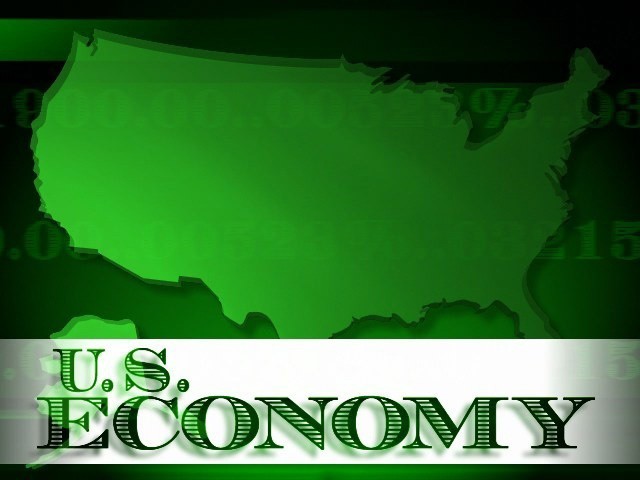WASHINGTON (AP) -- U.S. retail sales fell in March from February by the most in nine months, indicating higher taxes and weak hiring have made consumers more cautious about spending. Wholesale prices also declined.
The Commerce Department says retail sales declined a seasonally adjusted 0.4 percent last month. That followed a 1 percent gain in February. Both February and January's figures were revised lower.
Consumers cut back across a wide range of categories. Sales at auto dealers dropped 0.6 percent. Gas station sales dropped 2.2 percent, partly reflecting lower prices. The retail sales figures aren't adjusted for price changes.
Excluding autos, gas and building materials, core sales dropped 0.2 percent in March. That followed a gain of 0.3 percent in January. Department stores, grocery stores, electronics retailers and sporting goods stores all reported lower sales.
The retail sales report is the government's first look at consumer spending, which drives about 70 percent of economic activity.
The weak month of spending at retail businesses shows an increase in Social Security taxes that took effect on Jan. 1 is finally affecting consumers. The increase has lowered take-home pay this year for nearly all workers. Someone earning $50,000 has about $1,000 less to spend in 2013. A household with two high-paid workers has up to $4,500 less.
Most economists thought the tax increase would drag on spending earlier this year. But they were encouraged after February's retail sales report showed such a large gain. Many boosted their forecasts for economic growth in the first quarter to a 3 percent annual rate or higher, although many are likely to reduce those expectations slightly after seeing Friday's retail spending figures.
A sharp slowdown in hiring in March may have also weighed on sales last month. Employers added only 88,000 jobs last month, much lower than the average gain of 220,000 in the previous four months. But hiring may pick up in the coming months. Weekly unemployment benefit applications fell sharply last week, suggesting that companies are cutting fewer jobs.
A private survey of 15 major retailers released Thursday showed that shoppers spent cautiously last month, held back by the coldest March in seven years. Still, sales at stores open for at least a year rose 1.6 percent in March, according to the International Council of Shopping Centers.
Auto sales also slowed slightly in March, to an annual pace of 15.3 million. That was down from 15.4 million in February.
And after a sharp run-up in February, gas prices fell last month, which also affected the retails spending figures. The cost of a gallon of gas averaged $3.56 nationwide Thursday, down from $3.70 a month earlier.
WHOLESALE PRICES
A measure of wholesale prices fell in March by the largest amount in 10 months, reflecting a big drop in gasoline prices.
The producer price index fell 0.6 percent last month compared with February, the Labor Department said Friday. In February, wholesale prices had jumped 0.7 percent.
The March decline reflected a 6.8 percent plunge in gas prices, the sharpest drop since November. Overall energy prices fell 3.4 percent, the biggest decline in three years. Food prices posted a 0.8 percent rise in March.
Core inflation, which excludes volatile food and energy prices, rose 0.2 percent in March. Wholesale and retail inflation have remained mild, apart from sharp swings in gas prices.
For the 12 months ending in March, wholesale prices are up 1.1 percent, the smallest 12-month rise since last July.
Core inflation at the wholesale level is up 1.7 percent in the past 12 months, the smallest 12-month gain since early 2011.
Mild inflation gives the Fed more latitude to continue with its aggressive policies to spur more economic growth by keeping interest rates at record low levels.
Gas prices spiked earlier this year. The national price for a gallon of gasoline jumped from $3.42 on Jan. 31 to $3.78 on Feb. 28. But since that time, prices have retreated. A gallon of regular gas averaged $3.56 on Thursday.
Low inflation and falling gas prices mean consumers can spend more on other goods.
As long as the inflation rate stays mild, the Fed has said it plans to keep the short-term interest rate it controls at a record low near zero until the unemployment rate falls below 6.5 percent. Unemployment in March dropped to a four-year low of 7.6 percent but the number of jobs created slowed to just 88,000, the smallest in nine months.
A rise in wholesale prices does not always mean consumers will soon pay more. High unemployment and weak pay gains have made it difficult for retailers to pass on higher costs to consumers.
The government's consumer price index rose 0.7 percent in February, the biggest one-month jump in more than three years. But three-fourths of that increased reflected a surge in gas prices. Outside of energy, inflation was mostly modest.
For the 12 months ending in February, consumer prices increased a modest 2 percent.
Sunday
August 3rd, 2025
7:34AM









